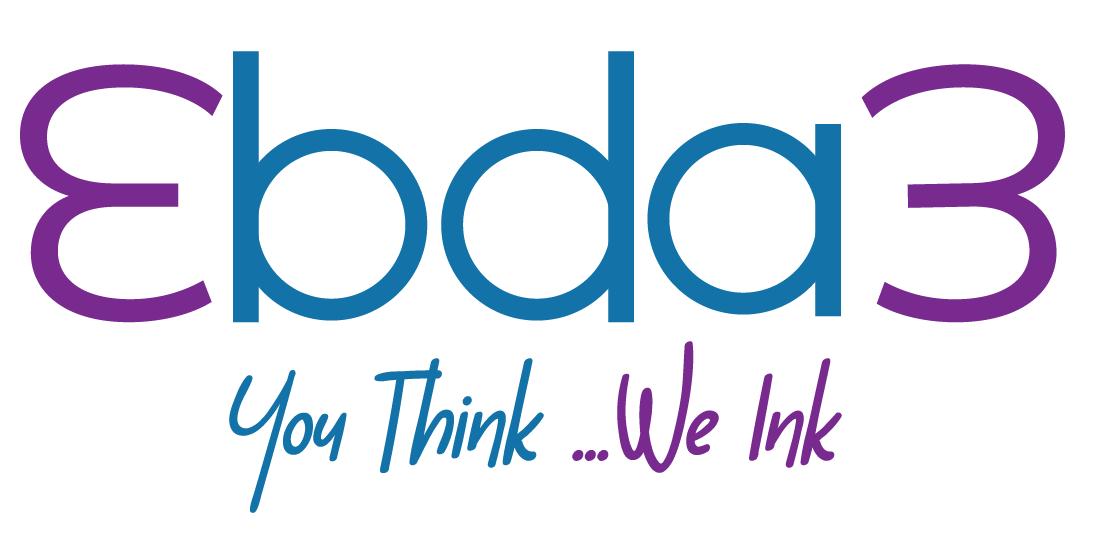Redefining Skill Representation in the Digital Era

In today’s digital landscape, the way we present our skills and expertise has evolved significantly. With the rise of visual storytelling, individuals are redefining skill representation to make a lasting impact in their professional journeys. In this blog post, we’ll explore how visual elements are transforming the way we showcase our abilities and why it’s crucial to embrace this shift in the digital era.
Visual Storytelling Landscape:
Visual storytelling has become a cornerstone of effective communication in the digital age. From social media platforms to professional portfolios, visuals play a pivotal role in capturing attention and conveying messages. This shift has reshaped the professional branding landscape, allowing individuals to express their skills and achievements in more engaging and dynamic ways than ever before.
Personalized Visual Identity:
One of the key advantages of visual representation is the ability to create a personalized visual identity. By leveraging imagery, color schemes, and design elements, individuals can craft a visual brand that reflects their unique skills, values, and aspirations. Whether through a portfolio website, social media profiles, or digital resumes, a visually compelling identity can set professionals apart in competitive industries.
Dynamic Portfolio Elements:
Gone are the days of static portfolios consisting solely of text and images. Today, professionals are embracing dynamic portfolio elements to showcase their skills in innovative ways. Animations, interactive graphics, and video presentations add depth and interactivity to portfolios, allowing audiences to engage with content on a deeper level. These dynamic elements not only captivate attention but also leave a lasting impression on viewers.
Visual Feedback Mechanisms:
In the digital era, feedback mechanisms have become more visual and data-driven. Tools like heatmaps and user engagement metrics provide valuable insights into how audiences interact with visual content. By analyzing these metrics, professionals can refine their skill representation strategies, making informed decisions to optimize engagement and effectiveness.
Future Trends in Visual Representation:
Looking ahead, the future of skill representation promises even more innovation in visual storytelling. Emerging technologies like augmented reality (AR) portfolios and virtual reality (VR) showcases offer immersive experiences that push the boundaries of traditional presentation methods. These futuristic tools have the potential to revolutionize how professionals showcase their skills, creating new opportunities for creativity and expression.
Conclusion:
In conclusion, the digital era has ushered in a new era of visual empowerment in skill representation. By embracing innovative visual storytelling techniques, individuals can create compelling narratives that resonate with audiences and elevate their professional brands. As we continue to explore new frontiers in visual representation, it’s essential to stay ahead of the curve and leverage the power of visuals to redefine success in the digital age.





